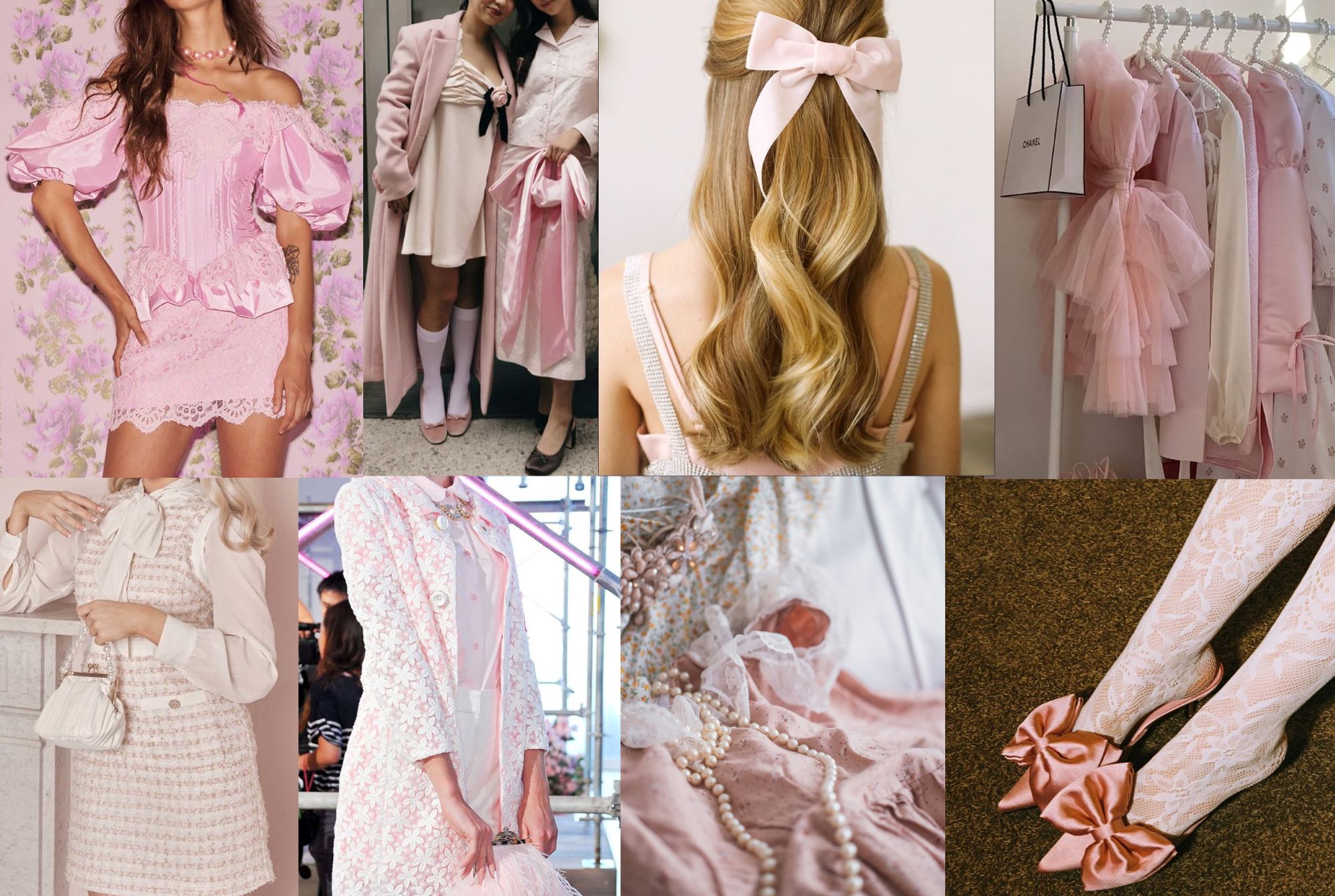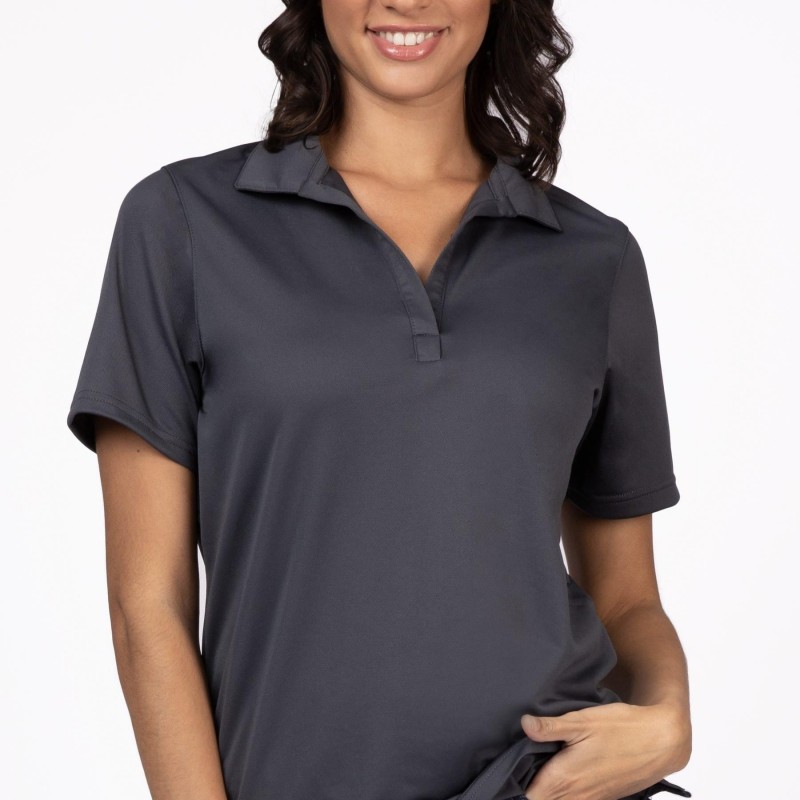Choosing the right fabric for shirts can significantly impact both comfort and style. With numerous options available, it’s essential to understand the characteristics of each fabric to make informed decisions. This guide will help you navigate through the popular fabrics, their benefits, and how to select the best material for your needs.
Contents
- 1 Understanding Shirt Fabrics
- 2 Factors to Consider When Choosing Fabric
- 3 Popular Fabric Blends
- 4 Caring for Your Shirts
- 5 Fabric Breakdown by Shirt Type
- 6 Color and Pattern Considerations
- 7 Seasonal Fabric Choices
- 8 The Eco-Friendly Shift
- 9 Conclusion
Understanding Shirt Fabrics
Shirts come in various fabrics, each offering unique properties that cater to different occasions and personal preferences. Here’s a breakdown of the most popular fabrics used in shirt-making.
Cotton: The Classic Choice
Cotton is undoubtedly one of the most popular fabrics for shirts. Its natural fibers provide breathability, softness, and durability, making it suitable for both casual and formal wear.
Advantages of Cotton
- Breathability: Cotton allows air circulation, making it perfect for warm weather.
- Comfort: The soft texture feels great against the skin.
- Versatility: Available in various weaves (like poplin, twill, and oxford), cotton can be dressed up or down.
Linen: Perfect for Hot Weather
Linen is a lightweight, breathable fabric made from the flax plant. It’s an excellent option for summer shirts due to its natural moisture-wicking properties.

Benefits of Linen
- Coolness: Linen keeps you cool in hot weather, as it absorbs moisture and dries quickly.
- Unique Texture: Its slightly crinkled appearance adds a casual, laid-back style.
- Sustainability: Linen is eco-friendly, requiring fewer chemicals and less water than cotton.
Polyester: Durability Meets Affordability
Polyester is a synthetic fabric that offers durability and wrinkle resistance. It’s often blended with natural fibers to enhance its properties.
Key Features of Polyester
- Easy Care: Polyester is less prone to wrinkles and stains, making it ideal for everyday wear.
- Cost-Effective: Typically cheaper than natural fibers, it’s an excellent choice for budget-conscious consumers.
- Moisture-Wicking: Many polyester fabrics draw moisture away from the body, keeping you dry.
Silk: The Luxurious Option
Silk is a luxurious fabric known for its smooth texture and elegant drape. It’s often chosen for formal shirts or special occasions.
Advantages of Silk
- Elegant Appearance: Silk shirts exude sophistication and class.
- Temperature Regulation: It keeps you warm in winter and cool in summer.
- Hypoallergenic: Silk is gentle on sensitive skin and less likely to cause allergic reactions.
Bamboo: Eco-Friendly and Soft
Bamboo fabric is gaining popularity due to its sustainability and softness. It’s a natural alternative that offers numerous benefits.
Benefits of Bamboo
- Softness: Bamboo fibers are incredibly soft and gentle on the skin.
- Antimicrobial Properties: Bamboo naturally resists bacteria and odors.
- Biodegradable: This fabric is an excellent eco-friendly option for environmentally conscious consumers.
Factors to Consider When Choosing Fabric
When selecting fabric for shirts, consider the following factors to ensure you choose the best option for your needs.
Climate and Weather
The climate where you live plays a crucial role in fabric choice. For hot and humid conditions, opt for breathable fabrics like cotton or linen. In cooler climates, consider warmer fabrics like flannel or thicker cotton blends.
Purpose of the Shirt
Consider the occasion for which you’ll wear the shirt. For casual outings, cotton or linen may suffice, while formal events might require silk or high-quality cotton blends.
Comfort and Fit
Different fabrics can affect the shirt’s fit and comfort level. Always prioritize comfort, especially if you’ll wear the shirt for extended periods.
Popular Fabric Blends
Blending fabrics can enhance their qualities, providing the best of both worlds. Here are some popular fabric blends used in shirt-making:
Cotton-Polyester Blend
This blend combines the breathability of cotton with the durability of polyester. It’s ideal for everyday wear, offering comfort and ease of care.

Cotton-Linen Blend
A cotton-linen blend combines the softness of cotton with the breathability of linen. It’s perfect for casual summer shirts, offering a relaxed fit and natural texture.
Rayon Blends
Rayon, derived from natural fibers, is often blended with cotton or polyester. This blend offers a soft, flowing feel, making it ideal for stylish, drapey shirts.
Caring for Your Shirts
Proper care can prolong the life of your shirts, regardless of the fabric. Here are some tips for maintaining different materials:
Cotton
- Washing: Machine wash in cold water to prevent shrinkage.
- Drying: Air dry or tumble dry on low heat.
- Ironing: Use a medium heat setting to remove wrinkles.
Linen
- Washing: Hand wash or machine wash on a gentle cycle.
- Drying: Hang to dry to avoid shrinking.
- Ironing: Iron while damp for best results.
Polyester
- Washing: Machine wash in cold water; avoid bleach.
- Drying: Tumble dry on low heat or air dry.
- Ironing: Iron on a low setting if needed.
Silk
- Washing: Hand wash or dry clean to preserve quality.
- Drying: Never wring; lay flat to dry.
- Ironing: Iron on a low setting with a cloth to protect the fabric.
Fabric Breakdown by Shirt Type
Different styles of shirts may call for specific fabrics to achieve the desired look and functionality. Here’s how various fabrics fit into different shirt styles.
Dress Shirts
Dress shirts are typically made from finer fabrics that provide a polished appearance.
- Cotton Poplin: Lightweight and breathable, ideal for formal occasions.
- Cotton Twill: Offers a bit more texture and weight, suitable for cooler climates.
- Silk Blends: Perfect for high-end dress shirts, offering a luxurious finish.
Casual Shirts
Casual shirts can utilize a wider range of fabrics, providing comfort and style.
- Linen: Excellent for summer, providing breathability and a relaxed fit.
- Cotton Flannel: Great for cooler weather, adding warmth and texture.
- Chambray: A lightweight cotton option that mimics denim for a casual vibe.
T-Shirts
T-shirts are often made from fabrics that prioritize comfort and ease of care.
- Cotton Jersey: Soft and stretchy, perfect for everyday wear.
- Bamboo Cotton: Combines softness with eco-friendliness, ideal for sensitive skin.
- Polyester Blends: Great for moisture-wicking and athletic use.
Button-Up Shirts
Button-up shirts can range from formal to casual, making fabric choice essential.
- Oxford Cloth: A versatile cotton fabric that works well for both casual and business-casual looks.
- Cotton/Linen Blends: Provides a relaxed look while maintaining breathability for summer wear.
Color and Pattern Considerations
When selecting shirts, the fabric isn’t the only consideration. Color and patterns also play a significant role in style.

Solid Colors
- Cotton: Solid color cotton shirts offer timeless elegance and versatility.
- Linen: A solid linen shirt can provide a crisp, clean look for summer events.
Patterns
- Plaid and Checks: Commonly found in flannel and cotton, these patterns are perfect for casual wear.
- Stripes: Available in various fabrics, stripes can add a touch of sophistication or a laid-back vibe, depending on the material.
Prints
- Floral and Graphic Prints: Often seen in casual shirts and T-shirts, these can reflect personal style and trends.
Seasonal Fabric Choices
Adapting your shirt fabric choice to the season can enhance comfort and style.
Spring and Summer
During warmer months, prioritize breathable fabrics that keep you cool.
- Linen and Cotton: Ideal for both casual and dressy occasions, providing comfort without sacrificing style.
- Lightweight Blends: Fabrics like cotton-bamboo blends are perfect for sensitive skin.
Fall and Winter
For colder months, opt for fabrics that provide warmth and comfort.
- Flannel: A classic choice for casual shirts that keeps you cozy.
- Thicker Cotton Blends: Provide warmth while still being breathable.
The Eco-Friendly Shift
With growing environmental awareness, many consumers are seeking sustainable fabric options. Here are some eco-friendly choices:
Organic Cotton
- Grown without harmful chemicals, organic cotton is better for the environment and skin.
Recycled Polyester
- Made from recycled materials, this option reduces waste while maintaining the durability of traditional polyester.
Tencel
- A biodegradable fabric made from sustainably sourced wood pulp, Tencel is soft, breathable, and eco-friendly.
Conclusion
Selecting the right fabric for shirts is crucial for comfort, style, and durability. By understanding the characteristics of different materials, you can make informed choices that suit your lifestyle and preferences. Whether you choose cotton, linen, polyester, silk, or bamboo, each fabric offers unique benefits that can enhance your wardrobe.



